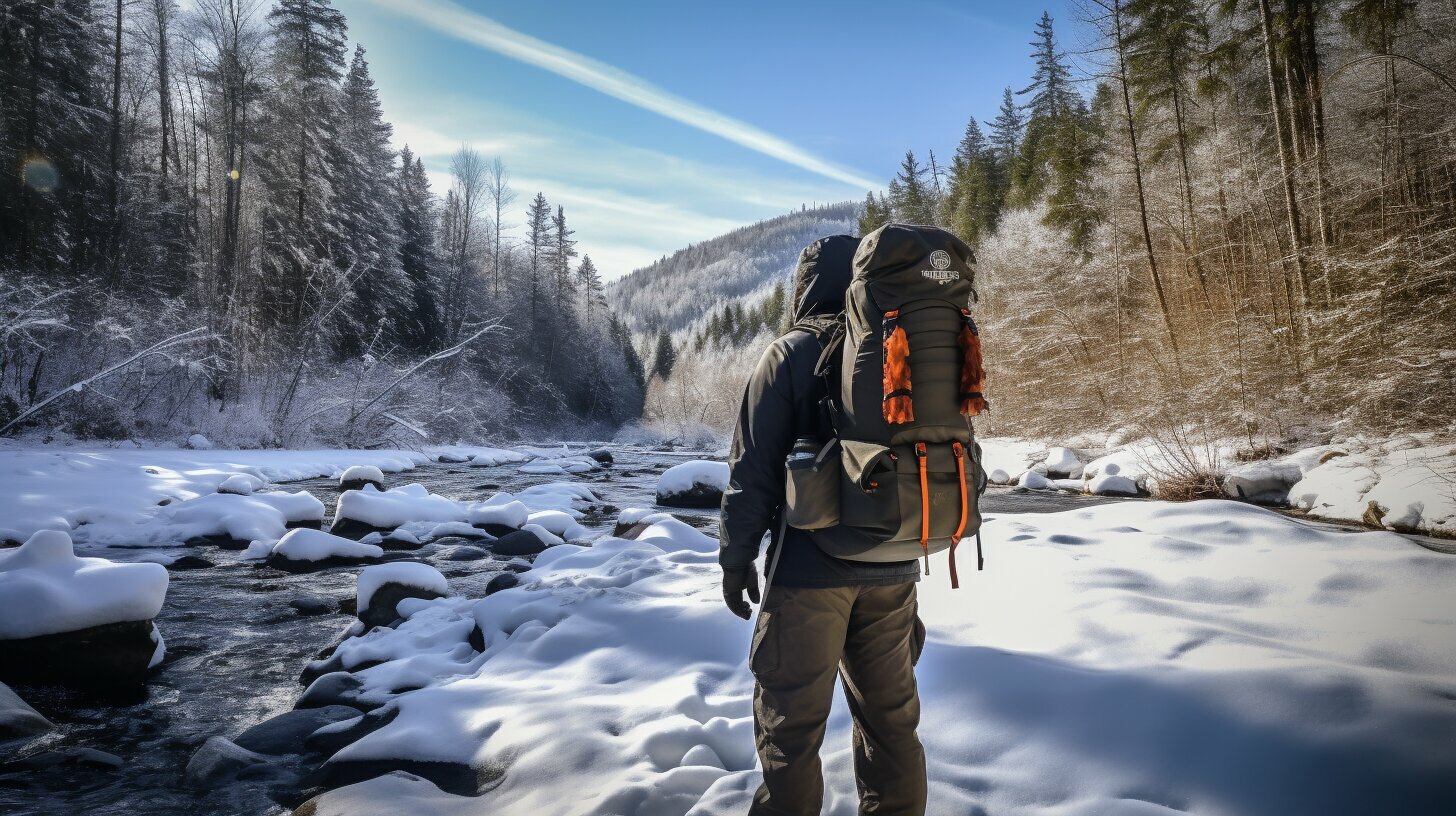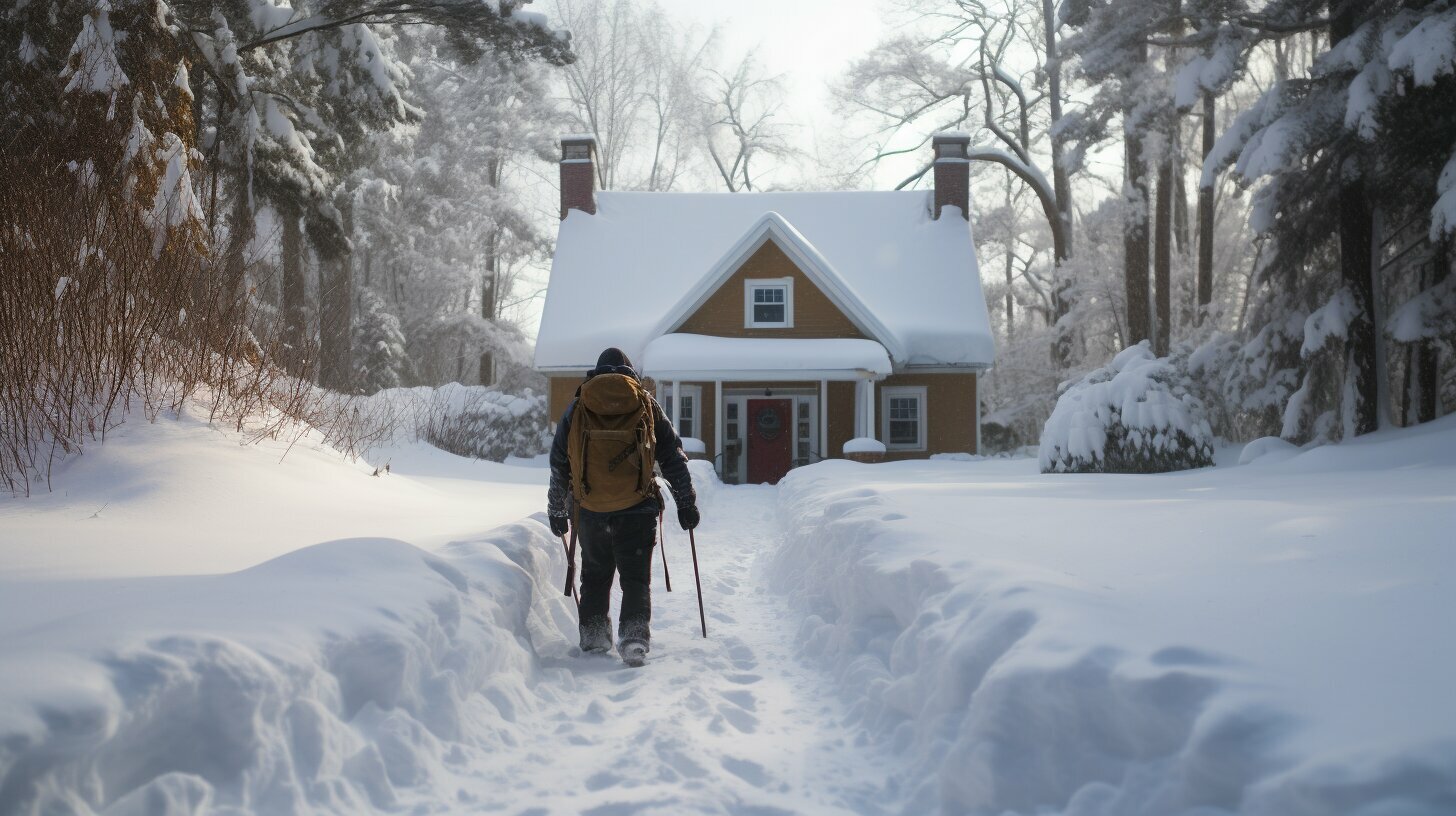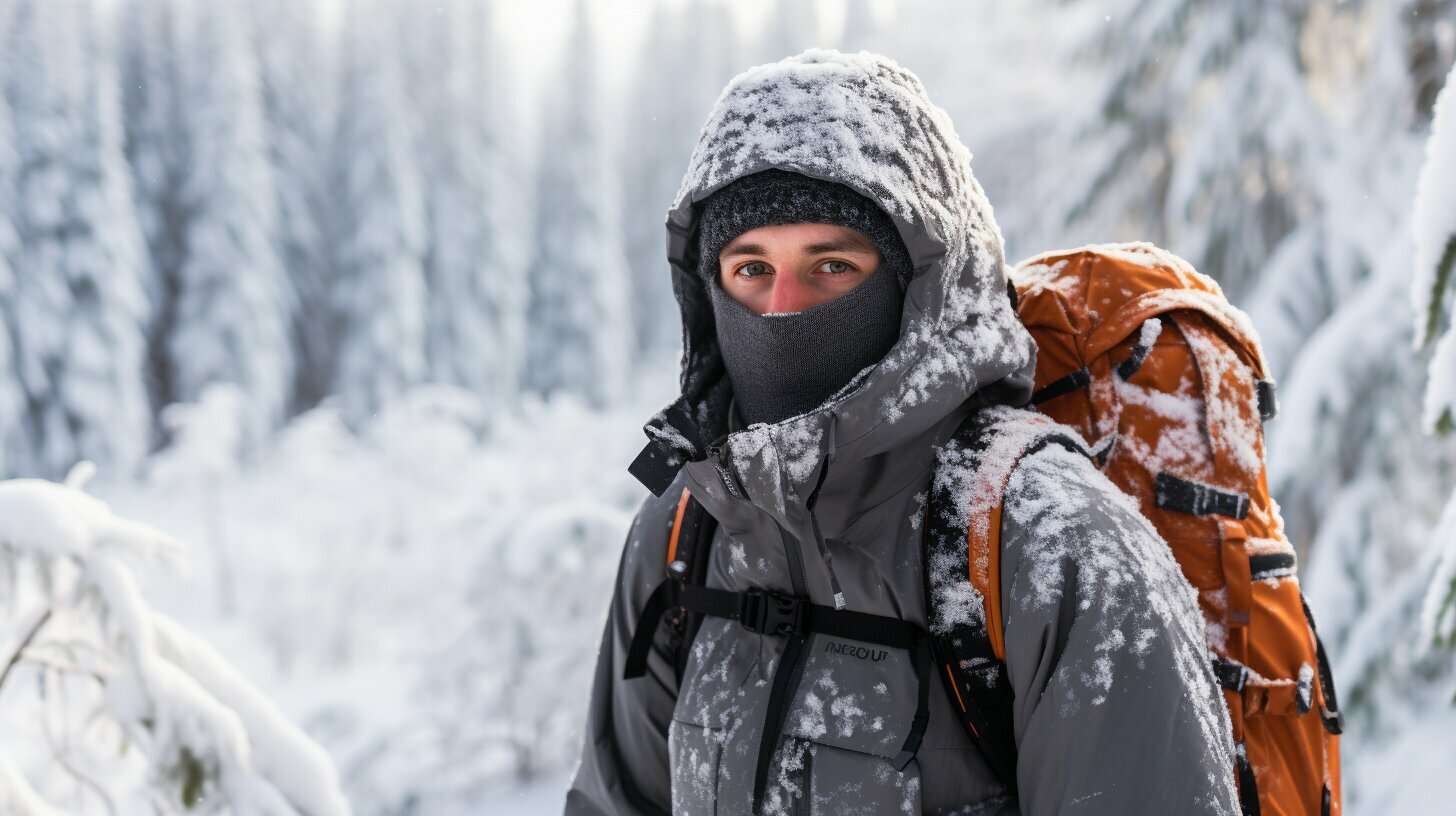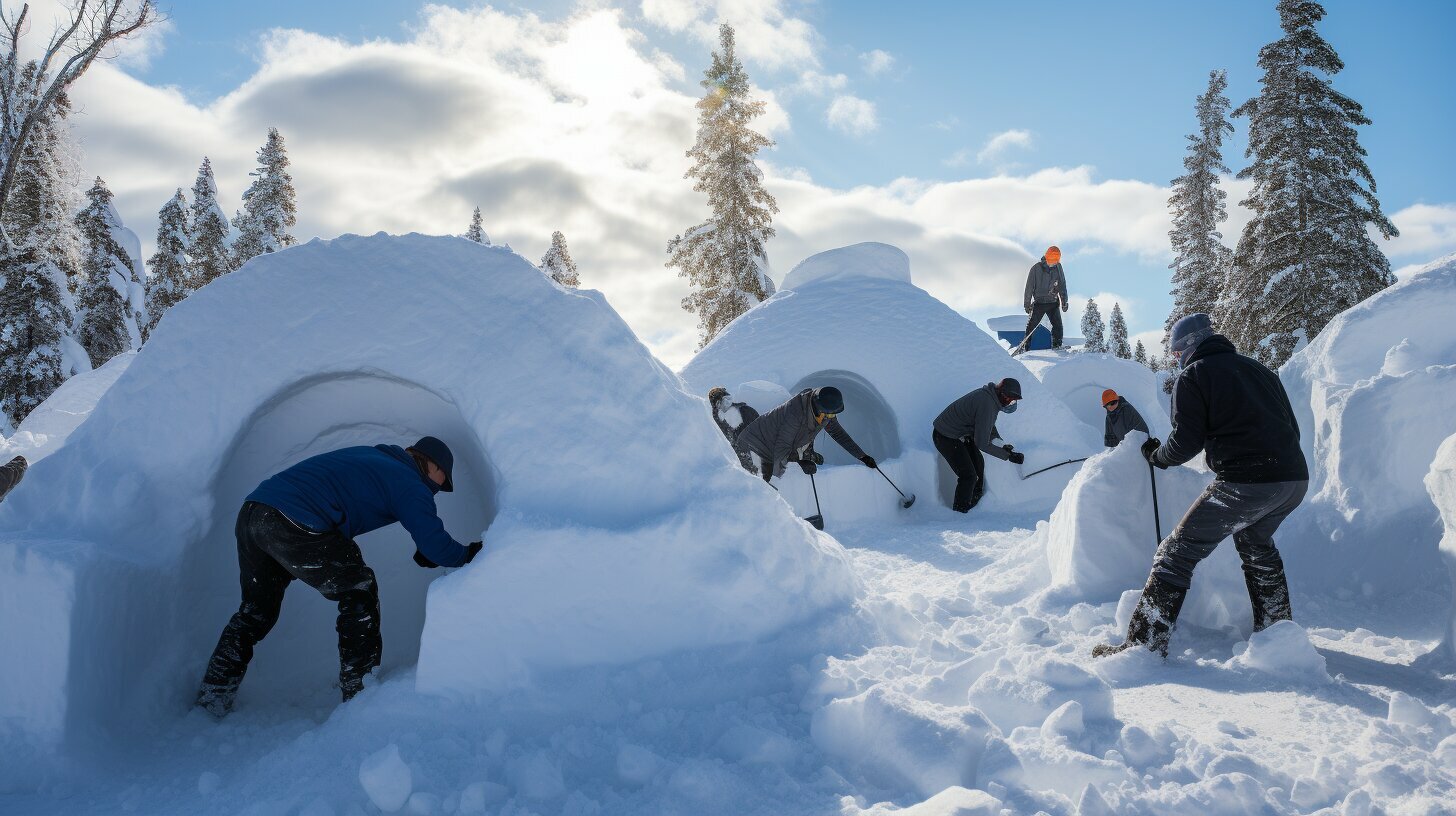Winter hiking can be a beautiful and invigorating experience, but it also comes with its own set of challenges. The cold weather, snow, and ice can make hiking more dangerous than other times of the year. To ensure your safety and make the most out of your winter hike, it’s essential to follow some basic safety precautions. Here are some tips to keep you safe on your next winter hike.
Key Takeaways
- Plan your winter hike according to the weather conditions
- Dress in layers and wear appropriate winter gear
- Pack essential winter hiking gear, such as a map and compass, headlamp, and first aid kit
- Research the trail conditions and difficulty level before starting your hike
- Stay hydrated and fueled during your hike
Check the Weather Conditions and Plan Accordingly
Before heading out for a winter hike, it’s crucial to check the weather conditions. This information will help you plan your hike and determine the appropriate gear and clothing to bring along. Pay attention to the temperature, wind chill, snowfall, and any potential storms.
If the weather looks particularly dangerous, it’s best to postpone your hike or choose another day.
Disclosure: When you buy through links on our site, we may earn an affiliate commission.
When planning your hike, consider the length of your trek and how long you’ll be exposed to the elements. Shorter hikes may be safer in inclement weather, while longer hikes should be reserved for days with milder conditions.
Keep in mind that winter conditions can change quickly. Be prepared for sudden weather changes and pack extra clothing and gear, just in case.
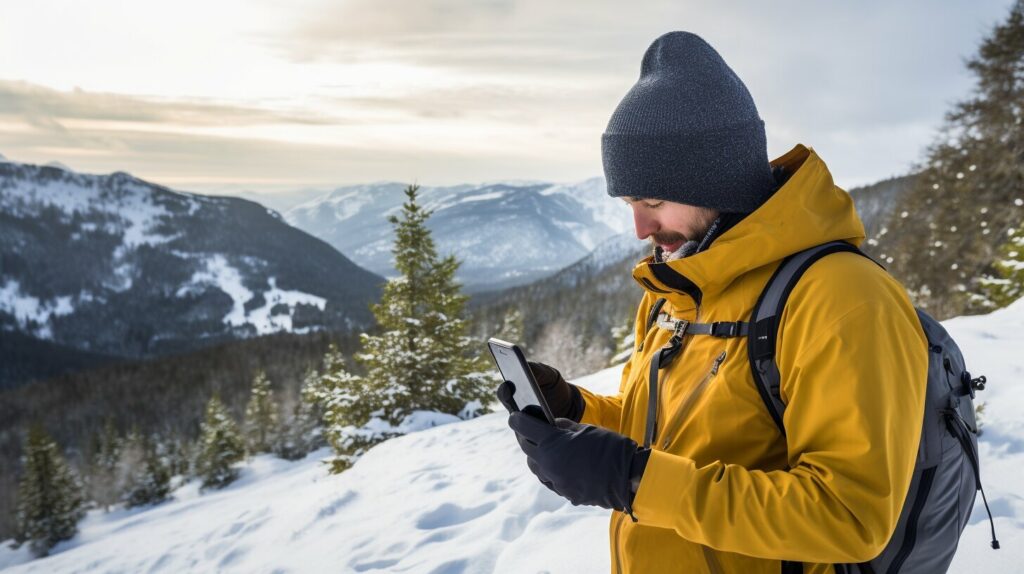
Always remember the importance of safety when hiking in winter conditions. By checking the weather and planning your hike accordingly, you can help ensure a safe and enjoyable adventure.
Dress in Layers and Wear Proper Winter Gear
One of the most critical aspects of staying safe and comfortable during a winter hike is dressing appropriately. Layering is key to regulating your body temperature and protecting yourself from the elements. Follow these tips to ensure you have the proper winter hiking gear:
| Layer | Type of Clothing |
|---|---|
| Base Layer | Moisture-wicking fabric to keep sweat away from your skin. |
| Insulating Layer | Thick fleece or wool to trap in warmth. |
| Outer Layer | Waterproof and windproof jacket and pants to protect from rain, snow, and wind. |
Make sure to also wear insulated boots, thick socks, a warm hat, and gloves or mittens to protect your hands from frostbite. Always bring extra clothing in case you get wet or need to add layers.
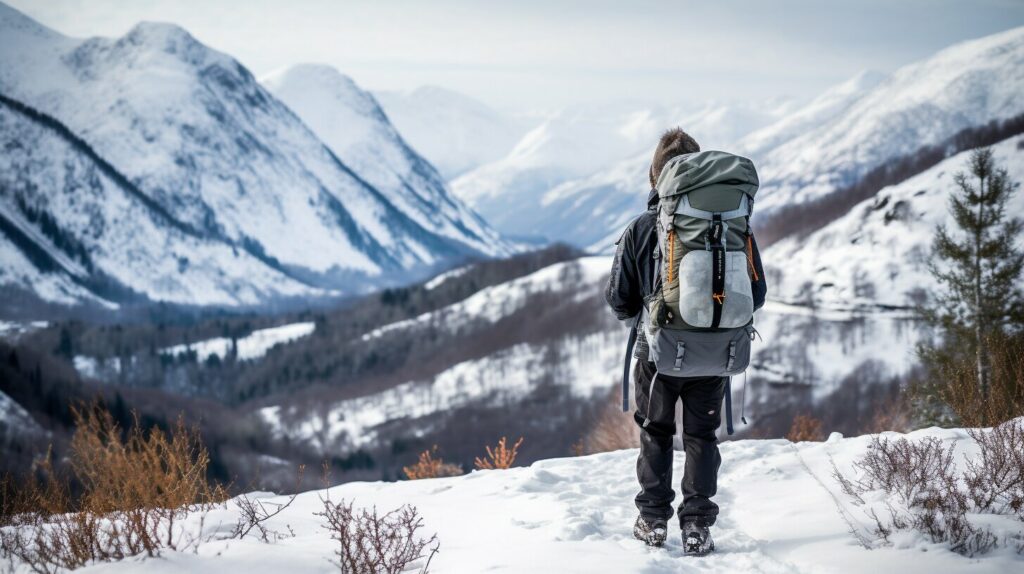
Note: Dressing in layers and wearing proper winter gear is crucial, but it’s also essential to stay dry to prevent hypothermia. Avoid cotton clothing as it retains moisture and dries slowly. Instead, choose synthetic or wool fabrics that dry quickly and retain their insulating properties when wet.
Pack Essential Winter Hiking Gear
When planning for a winter hike, it’s crucial to pack the right gear to ensure your safety and comfort during the trip. Here’s a checklist of essential items to bring:
| Item | Purpose |
|---|---|
| Map and compass | Navigate your route and avoid getting lost |
| Headlamp or flashlight | Light your way in case of darkness or emergency situations |
| First aid kit | Treat any injuries or illnesses that may occur during the hike |
| Emergency shelter | Protect yourself from the cold and wind if you get stranded |
| Extra food and water | Keep your body fueled and hydrated throughout the hike |
| Multi-tool | Cut rope, open cans, or perform other necessary tasks |
These items are crucial for your safety and well-being during a winter hike. Make sure to double-check your gear before heading out and replenish any used or expired supplies.
In addition to the above items, you may also want to consider bringing hiking poles, ice cleats, and a portable stove for cooking hot meals and drinks.
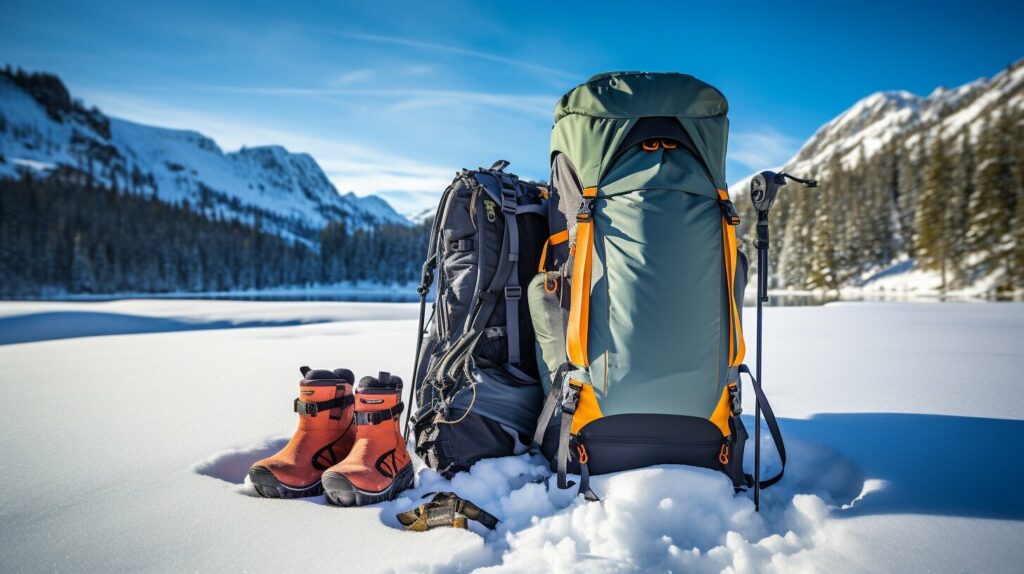
By packing these essential items, you’ll be prepared for any situation that may arise during your winter hike. Stay safe and enjoy your adventure!
Know the Trail Conditions and Difficulty Level
It’s important to do your research before embarking on a winter hike. Take the time to check the trail conditions and difficulty level to ensure you are properly prepared. This will help you choose a trail that matches your experience and fitness level, so you can safely enjoy your hike.
Some trails may be more challenging during the winter due to snow and ice. If you’re a beginner, opt for a well-marked and popular trail to start. This will help you get used to hiking in winter conditions before tackling more difficult trails.
For experienced hikers, consider exploring lesser-known trails or taking on more challenging routes. Just be sure to check the trail conditions and bring the appropriate gear along.
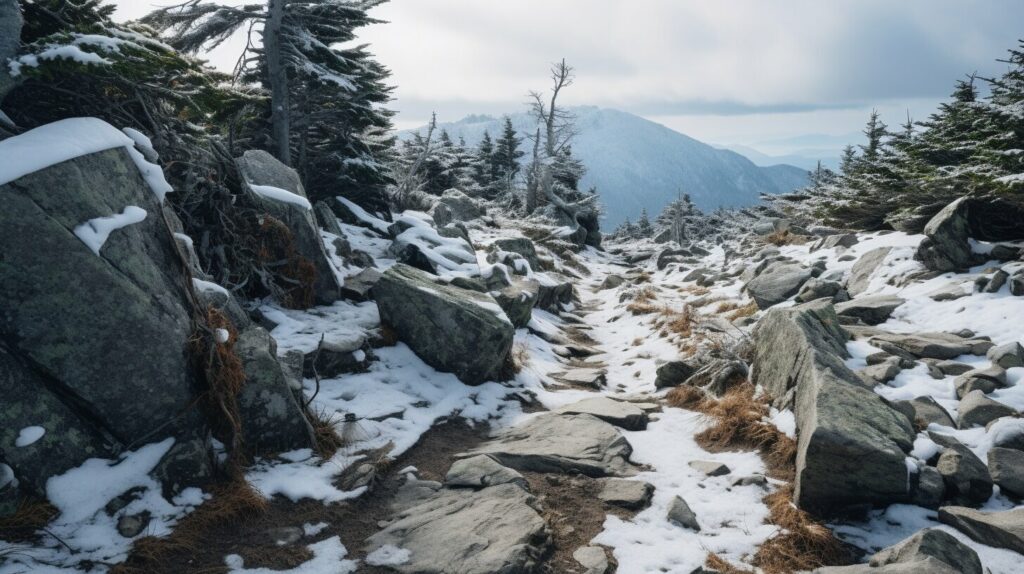
Remember to always prioritize safety when embarking on a winter hike!
Stay Hydrated and Fuel Up
During the winter, you may not feel as thirsty or hungry as you would in warmer weather. However, it’s essential to stay hydrated and fueled during your winter hike.
Drink plenty of water and bring high-energy snacks to keep your body fueled and maintain your core temperature. Consider packing warm beverages such as tea or cocoa in a thermos to enjoy along the trail.
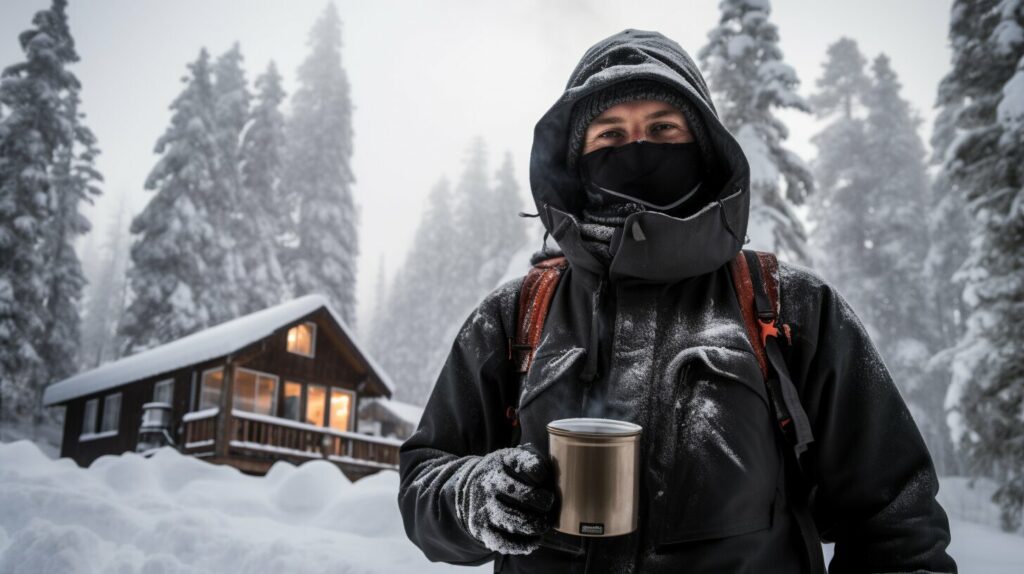
Remember, your body needs water and fuel to function properly, especially in cold weather. Don’t wait until you’re thirsty or hungry to start hydrating and fueling up.
Conclusion
Winter hiking is an amazing way to experience the beauty of nature in the colder months. However, it is crucial to prioritize safety while on your adventure. By following these essential winter hiking safety precautions, you can help ensure that you have an enjoyable and safe time, even in extreme conditions.
Remember to always check the weather conditions before heading out, dress appropriately, and pack the right gear. Choosing a trail that matches your experience and fitness level is essential, and carrying necessary equipment like a map, compass, and first aid kit can be lifesaving in case of emergencies.
Don’t forget to stay hydrated and fueled up throughout your hike. Even though you may not feel thirsty or hungry as you would in warmer weather, drinking plenty of water and carrying high-energy snacks is essential to keep your body fueled and maintain your core temperature.
Now that you know all of the essential winter hiking safety tips, you’re ready to hit the trails this winter! Remember to stay safe and enjoy your winter hiking adventures!
FAQ
Q: What are some essential winter hiking safety precautions?
A: In order to ensure a safe winter hiking adventure, it is important to follow these essential safety precautions:
Q: Why is checking the weather conditions important before a winter hike?
A: Checking the weather conditions before a winter hike is crucial because it helps you plan accordingly and determine the appropriate gear and clothing to bring along.
Q: How should I dress for a winter hike?
A: Layering your clothing is key for staying warm during a winter hike. Start with a moisture-wicking base layer, add an insulating layer, and top it off with a waterproof and windproof outer layer. Don’t forget a warm hat, gloves, and insulated boots.
Q: What essential gear should I pack for a winter hike?
A: In addition to proper clothing, essential winter hiking gear includes a map and compass, headlamp or flashlight, first aid kit, emergency shelter, extra food and water, and a multi-tool.
Q: How important is it to know the trail conditions and difficulty level before a winter hike?
A: It is crucial to research the trail conditions and difficulty level before a winter hike. Some trails may be more challenging during the winter due to snow and ice. Choose a trail that matches your experience and fitness level.
Q: How should I stay hydrated and fueled during a winter hike?
A: Even in colder weather, it is important to stay hydrated and fueled during a winter hike. Drink plenty of water and bring high-energy snacks to maintain your core temperature.

